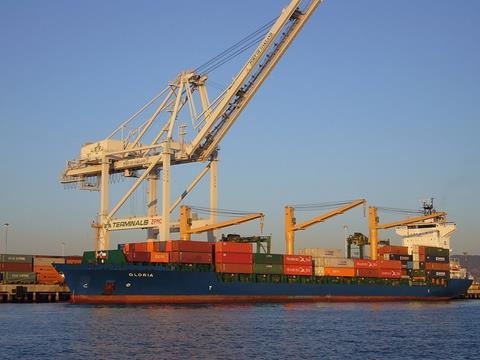In the context of the first anniversary of China’s Tianjin Port disaster, RMS analysed the catastrophe risk of the world’s ports and ranked the top ten for greatest potential loss.

In the context of the first anniversary of China’s Tianjin Port disaster, RMS analysed the catastrophe risk of the world’s ports and ranked the top ten for greatest potential loss.
The analysis shows that while the riskiest two ports are in Japan and China –Nagoya with $2.3bn and Guangzhou with $2bn respectively – six of the top ten riskiest ones are in the US, while the rest are located in France and Germany. The ranking is based not on their size, but on their cargo type and the natural hazards they face.
RMS product management Chris Folkman said: “Surprisingly, a port’s size and its catastrophe loss potential are not strongly correlated. For example, while China may be king for volume of container traffic, our study found that many smaller US ports rank more highly for risk — largely due to hurricanes.”
He added: “Our analysis proves what we’ve long suspected — that outdated techniques and incomplete data have obscured many high-risk locations. The industry needs to cease its guessing game when determining catastrophe risk and port accumulations.”
The analysis was conducted with the new RMS Marine Cargo Model, a modelling tool that takes into consideration cargo type, precise storage location, storage type and dwell time.







No comments yet